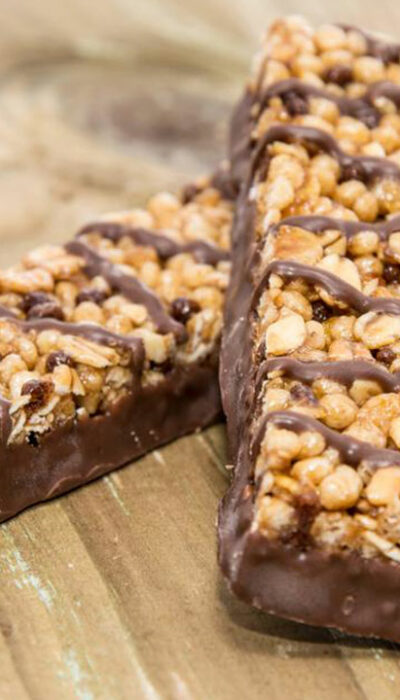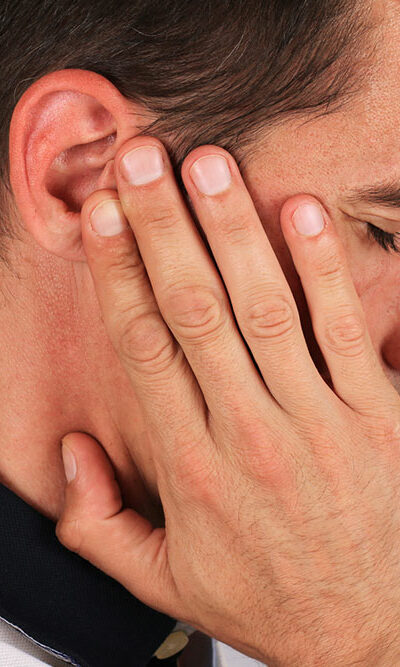
Effective Treatments for Neuropathic Pain Relief
Neuropathic pain is a chronic condition resulting from a disease, injury or infection. In most cases, it is not caused by one single factor. Generally, the pain manifests after some illness or injury. For instance, if you drop something heavy on your foot, your nervous system will immediately send signals of pain to the brain. However, with neuropathic pain, no specific injury or event causes the pain. Instead, the body sends unprompted pain signals to the brain. Neuropathic pain is often categorized by a burning or shooting sensation, and this pain can be intermittent or persistent. Medications for neuropathic pain can give you some relief. Symptoms of Neuropathic Pain While each person may experience different indications, there are a few symptoms that are usually common for all. The ones seen on a general note are as follows: Shooting, stabbing, or burning pain Sharp tingling and numbness Unprompted pain that triggers on its own Evoked pain caused by events that are generally not at all painful such as clapping your hands, being in cold temperatures, etc. Unpleasant or nauseous feeling Difficulty in sleeping Loss of sensation Treatment for Neuropathic Pain Neuropathic pain is often a debilitating and serious condition. People suffering from it regularly need to consult expert medical practitioners and take prescribed neuropathy medications on the basis of their specific symptoms. Alternatively, there are also some non-prescription treatments that may help to relieve the symptoms of neuropathic pain. If the pain is mild, these over-the-counters medicines will generally prove to be helpful. Over-the-counter Medications for Neuropathic Pain Topical painkillers This is one of the most effective medications for neuropathic pain . Topical painkillers are available in the form of ointments and creams that can be precisely applied over the affected area for instant relief. Most of these painkillers contain Capsaicin, a natural ingredient derived from chili peppers that works as an excellent painkiller.










